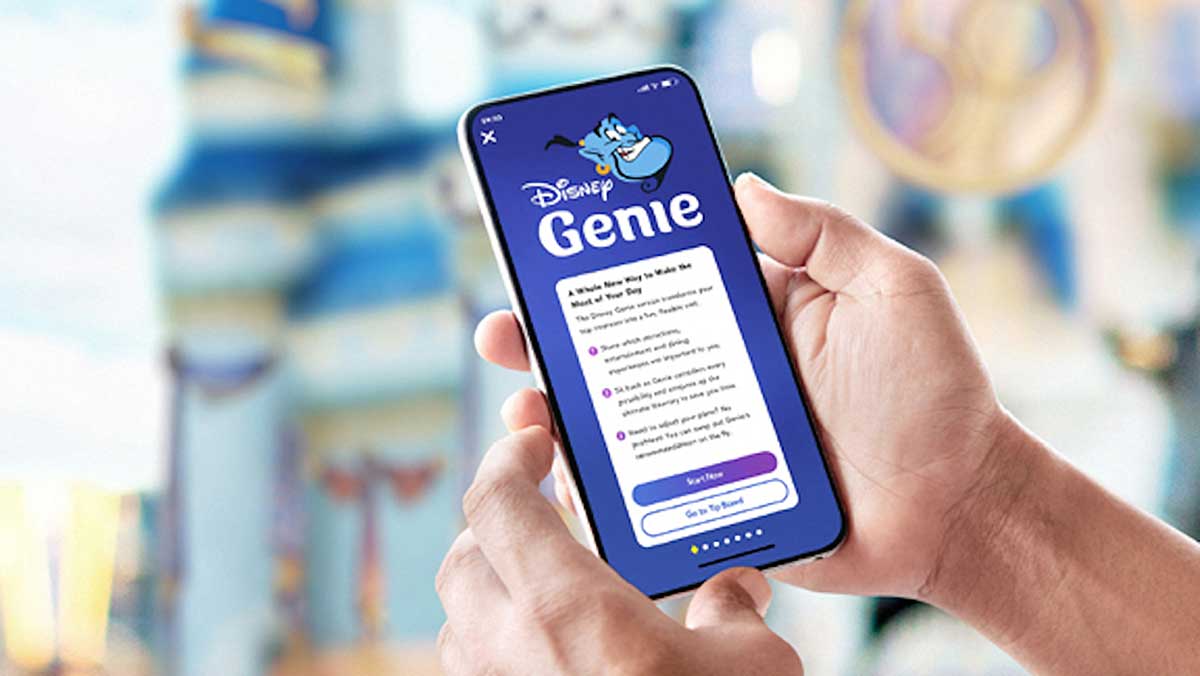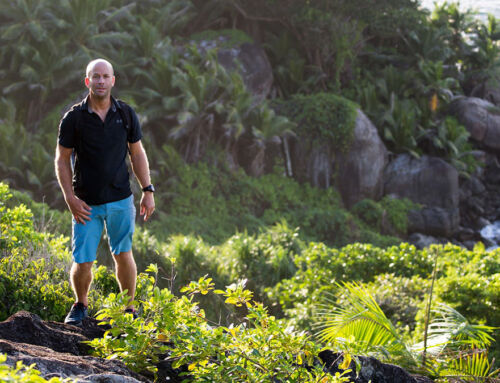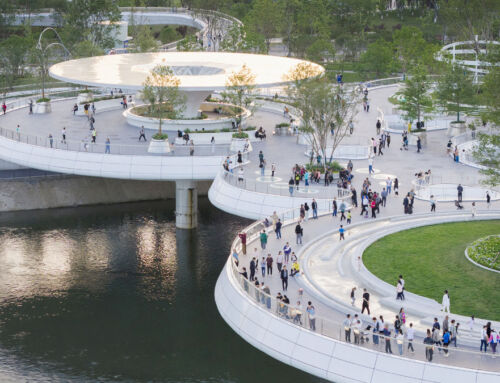Technological innovation has completely transformed the theme park visitor experience. Mobile apps, with a wide range of functions, from trip planning to real-time park navigation, have become indispensable tools for a theme park visit. For example, the Disneyland Resort app offers interactive maps, show schedules, attraction wait times and the possibility to make reservations at restaurants, or for some exclusive experiences. In this way, visitors can optimise their time during their visit to the park and use it to have even more fun.
But safety is also a top priority in theme parks, not just fun. Technology plays a crucial role precisely in this respect. High-definition surveillance cameras, facial recognition systems and motion sensors are some of the systems used by theme park operators to monitor their key areas and ensure the safety of visitors at all times. For example, Universal Orlando Resort is considering using facial recognition technology in its parks to improve security and facilitate visitor entry.
Virtual reality (VR) and augmented reality (AR) are two new technologies that revolutionise the way tourists and users experience theme park attractions. With them, they immerse themselves in incredible virtual worlds. For example, the Star Wars: Galaxy’s Edge attraction at Disneyland Resort uses AR to allow visitors to interact with characters and creatures from the famous film series. Similarly, Universal Studios has implemented VR experiences at attractions such as The Wizarding World of Harry Potter, where users experience adventures in the world of the famous book and movie series.
The technology known as projection mapping is another example of technological innovation applied to enhancing the visitor experience in theme parks. This system uses high-resolution projectors to project three-dimensional images onto physical surfaces, such as buildings or landscapes, to create spectacular visual effects. In theme parks, projection mapping is used to transform static structures into dynamic, immersive scenarios. For example, in Tokyo Disneyland theme park’s Once Upon a Time nighttime show, the technology is combined with special effects and music, to tell stories that come to life before the viewer’s eyes in a visually stunning narrative.
Theme parks are constantly investing in emerging technologies, such as artificial intelligence, mixed reality and the Internet of Things, to create new experiences or to make them even more immersive and personalised, more exciting and memorable. After all, the key to the success of these large leisure, entertainment and tourism facilities lies in their ability to thrill, surprise and delight visitors with memories that will last forever.
By Manuel Ginés, senior architect in the Architecture Department of Amusement Logic









